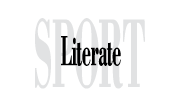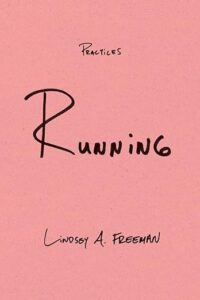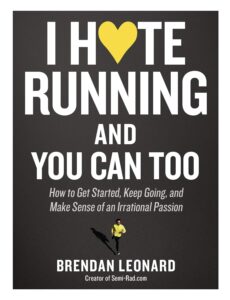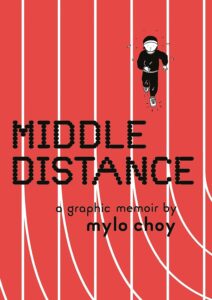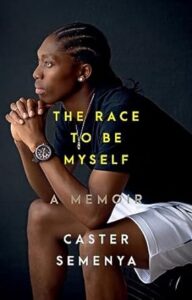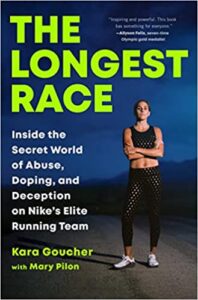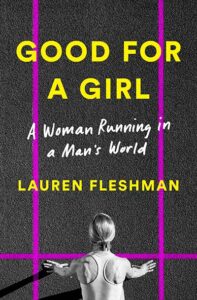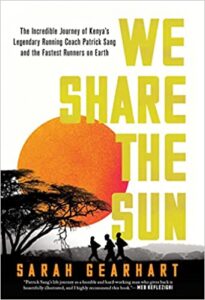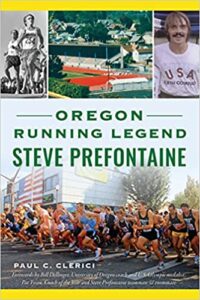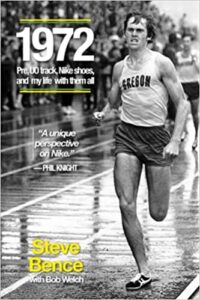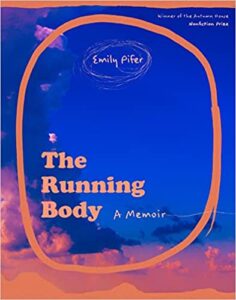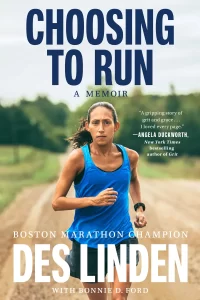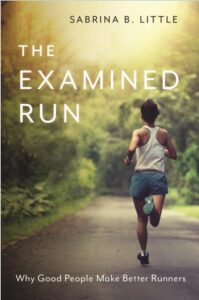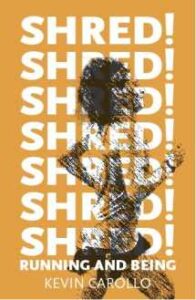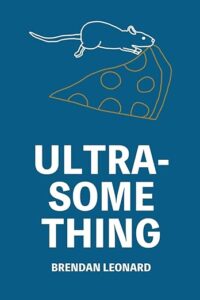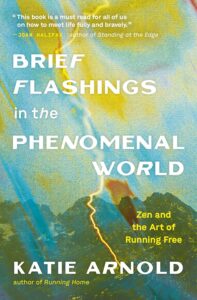Concrete Charlie and The Golden Boy
https://sportliterate.org/wp-content/themes/osmosis/images/empty/thumbnail.jpg 150 150 bjj-sportliterate bjj-sportliterate https://secure.gravatar.com/avatar/592f60292ffae558017e7047d039bebe88be7eca3a999965f3a7f0501ad82d49?s=96&d=mm&r=gConcrete Charlie and The Golden Boy
by Hal Ackerman
The crash sounded like a train wreck. Cheers caught in the throats of 63,000 fans. Frank Gifford who had just caught a pass, lay flat on his back, motionless. Chuck Bednarik, the Eagles linebacker who had laid the hit on him, pulsed his closed fist skyward in triumph. Fans who were there and millions who saw the iconic photograph mistook the gesture for savage glee. Gifford would later defend it as a perfectly clean tackle, and Bednarik’s explanation of the gesture was not about the damage he’d inflicted but elation that his team had clinched the game and the division championship.
I had turned 18 on that November afternoon of 1960. My dad and I were seated in a VIP section among the players’ wives, courtesy of Joseph Sheehan, a sportswriter for the New York Times and a client of my dad’s. The New York Football Giants played their home games back then at Yankee Stadium. As diehard Brooklyn Dodger fans, even three years after their desertion to some city on the west coast, we had never set foot (or backside) in any other ballpark than Ebbets Field. Certainly not the home of the despised New York Yankees. So the Bronx was foreign territory.
Our drive from suburban Long Island took longer than we’d expected. All the parking lots close to the stadium were filled. We drove around the unfamiliar streets, circling further from the gates. My father was 46 and had already suffered two heart attacks: warning shots across the bow. He could not walk far. We pulled up to a lot that had a thick iron chain pulled across the entrance. The guy in charge was maybe 19, lean, Valvoline hair slicked back, wearing a blue work shirt with a pack of Camels in one pocket, a wad of bills rolled in the other. He waved his arms across his chest. “Sorry bub,” he said. “All filled.”
It was funny hearing my father called “bub.” He was not a “bub” kind of guy. A CPA. Mild mannered, prematurely grey. Pleated trousers and dress shirts even on weekends. He rolled down his window and leaned out to talk to the guy. I guessed he was going to slip the guy a five spot. Instead, in a real quiet voice so I wouldn’t hear, he said, “I have a weak heart.”
I heard the shame and apology in his voice but all I felt was angry. I hated his weakness. I didn’t want us to get in because of pity. The guy unlatched the chain and we left the car. I walked deliberately faster than he could on the way to the stadium, then pretended not to realize I’d gotten way ahead of him and made a big ceremony of slowing down for him. It was an unexpectedly warm day, in the low fifties. I don’t want to see his distress. I don’t want to inherit his faulty manufacture. It was not until I was nearly 60, when a urologist who had just read the results of my prostate biopsy, leaned across his desk and said to me, “Well. Mister Ackerman, you’ve got a good bit a of cancer there,” that I understood the terror my father woke up to every day, knowing that the rope suspending the ten ton safe that dangles over every one of us from the day we’re born had been snapped and the safe was plummeting.
Philly won the game 17-10. The sun had gone down, and the temperature had dropped by late afternoon. My father looked tired. I took the keys from him and told him to wait out of the wind while I went for the car. I felt like a World War II scout behind enemy lines. I felt my heartbeat skipping and feared that his malady had found me. I breathed easier when I found the lot. I had never driven his car except once when he was in the hospital and I’d snuck it out for a ride around our neighborhood. Traffic was brutal. The streets were unfamiliar. Trucks and taxis with grown up men driving them blasted their horns at me as I made my uncertain way back. What if I never found him? With relief I turned onto the street in the right direction. I stayed where I was and opened the passenger side door for him. “Get in, bub.” He gave me a look that said, “Don’t be a wise guy,” but he got in and let me drive.
My back found a space in the indentation worn by his back. I followed the signs in the gathering dusk and made it onto the Throgs Neck Bridge. The steady thrum over the mesh roadway was hypnotic. His eyes fluttered and he drifted to sleep, like I used to do in the back seat, to the familiar secure murmur of adults talking. I put the radio on softly to the classical station. I kept the car at a steady speed and changed lanes very slowly so not to wake him.
The third attack got him. He was dead two years later. Bednarik lived to age 90. “Concrete Charlie” was the last man to play full games both ways — offense and defense. Gifford sat out the rest of 1960 and all of ’61, then played five solid seasons, did Monday Night Football, married Kathy Lee, and died at 85. Their names would remain linked in folklore like Ralph Branca and Bobby Thompson, Ali and Frazier, Magic and Bird. Me? I lived to remember it all. The crash, the stadium falling into stunned silence, the ride home with the Alfred Deller Consort performing a Bach Cantata, and a perfect moment earlier in that game when 265-pound Jim Katcavage (huge for that time) smeared the Eagles quarterback for a loss, and his hundred pound wife leapt out of her seat and shouted at the top of her voice, KILL HIM, KAT!”
Hal Ackerman’s short fiction has appeared in New Millennium, The Pinch, Southeast Review, The Idaho Review, and elsewhere. “Sweet Day,” read by the late Robert Forster is available at Harper Collins. “The Dancer Horse” was nominated for a Pushcart Prize and is available on Audible, read by Adrian Pasdar. “Bob Dylan and Me” appears in Visiting Bob, among 100 poets writing about Dylan. He has published two “Soft boiled” murder mysteries in a detective series about an aging counter-culture P.I His One-Man play, Testosterone: How Prostate Cancer Made a Man of Me (renamed Prick) won the William Saroyan Award for Drama and was named Best Play at the 2012 New York Solo Festival. The 15th anniversary edition of his book, Write Screenplays That Sell…The Ackerman Way is now available.
